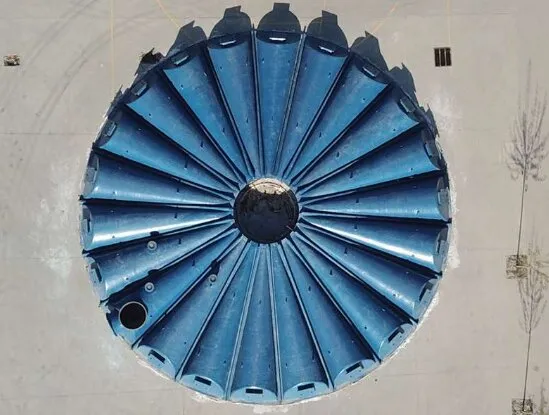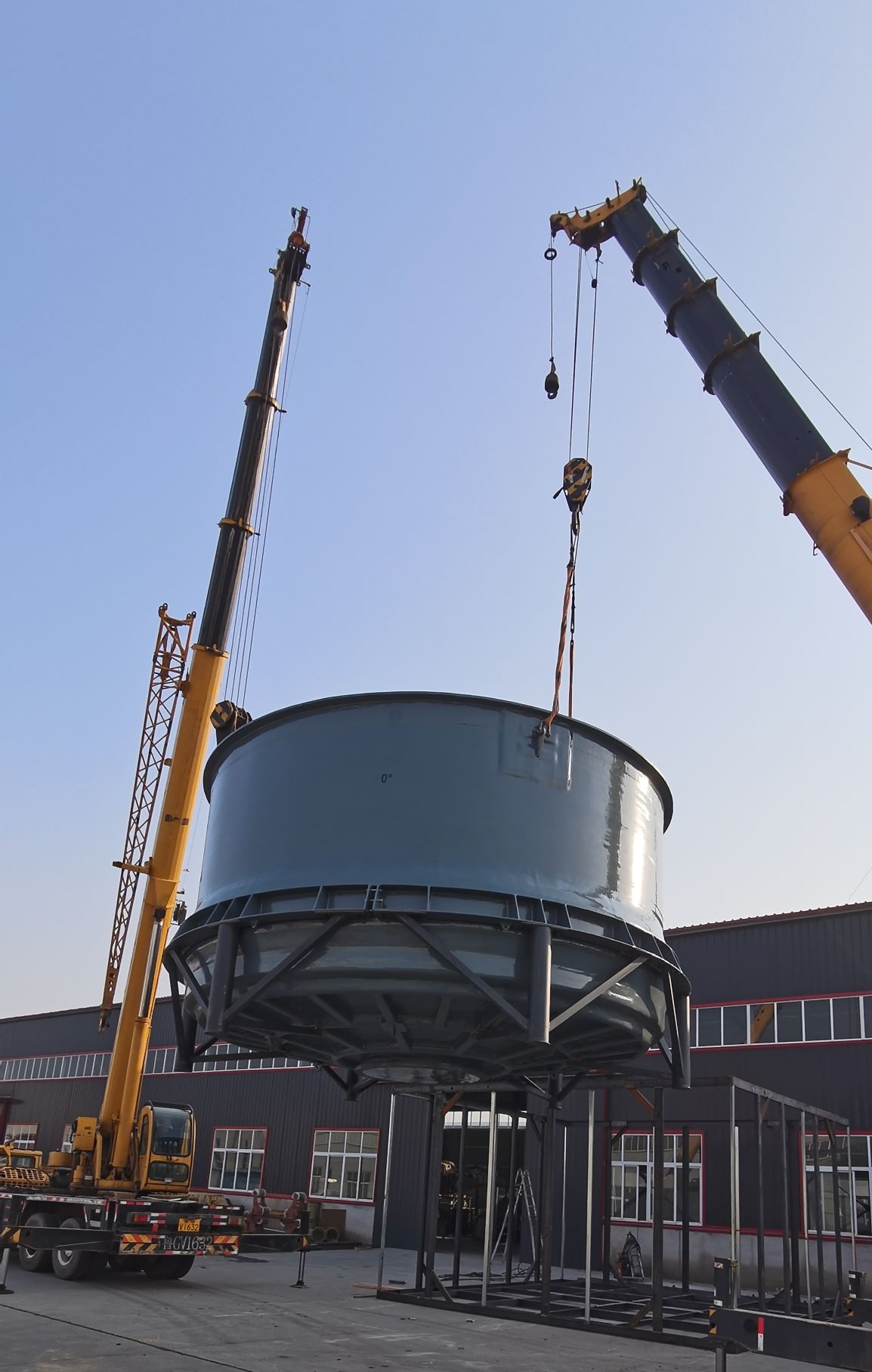
-
 Afrikaans
Afrikaans -
 Albanian
Albanian -
 Amharic
Amharic -
 Arabic
Arabic -
 Armenian
Armenian -
 Azerbaijani
Azerbaijani -
 Basque
Basque -
 Belarusian
Belarusian -
 Bengali
Bengali -
 Bosnian
Bosnian -
 Bulgarian
Bulgarian -
 Catalan
Catalan -
 Cebuano
Cebuano -
 China
China -
 China (Taiwan)
China (Taiwan) -
 Corsican
Corsican -
 Croatian
Croatian -
 Czech
Czech -
 Danish
Danish -
 Dutch
Dutch -
 English
English -
 Esperanto
Esperanto -
 Estonian
Estonian -
 Finnish
Finnish -
 French
French -
 Frisian
Frisian -
 Galician
Galician -
 Georgian
Georgian -
 German
German -
 Greek
Greek -
 Gujarati
Gujarati -
 Haitian Creole
Haitian Creole -
 hausa
hausa -
 hawaiian
hawaiian -
 Hebrew
Hebrew -
 Hindi
Hindi -
 Miao
Miao -
 Hungarian
Hungarian -
 Icelandic
Icelandic -
 igbo
igbo -
 Indonesian
Indonesian -
 irish
irish -
 Italian
Italian -
 Japanese
Japanese -
 Javanese
Javanese -
 Kannada
Kannada -
 kazakh
kazakh -
 Khmer
Khmer -
 Rwandese
Rwandese -
 Korean
Korean -
 Kurdish
Kurdish -
 Kyrgyz
Kyrgyz -
 Lao
Lao -
 Latin
Latin -
 Latvian
Latvian -
 Lithuanian
Lithuanian -
 Luxembourgish
Luxembourgish -
 Macedonian
Macedonian -
 Malgashi
Malgashi -
 Malay
Malay -
 Malayalam
Malayalam -
 Maltese
Maltese -
 Maori
Maori -
 Marathi
Marathi -
 Mongolian
Mongolian -
 Myanmar
Myanmar -
 Nepali
Nepali -
 Norwegian
Norwegian -
 Norwegian
Norwegian -
 Occitan
Occitan -
 Pashto
Pashto -
 Persian
Persian -
 Polish
Polish -
 Portuguese
Portuguese -
 Punjabi
Punjabi -
 Romanian
Romanian -
 Russian
Russian -
 Samoan
Samoan -
 Scottish Gaelic
Scottish Gaelic -
 Serbian
Serbian -
 Sesotho
Sesotho -
 Shona
Shona -
 Sindhi
Sindhi -
 Sinhala
Sinhala -
 Slovak
Slovak -
 Slovenian
Slovenian -
 Somali
Somali -
 Spanish
Spanish -
 Sundanese
Sundanese -
 Swahili
Swahili -
 Swedish
Swedish -
 Tagalog
Tagalog -
 Tajik
Tajik -
 Tamil
Tamil -
 Tatar
Tatar -
 Telugu
Telugu -
 Thai
Thai -
 Turkish
Turkish -
 Turkmen
Turkmen -
 Ukrainian
Ukrainian -
 Urdu
Urdu -
 Uighur
Uighur -
 Uzbek
Uzbek -
 Vietnamese
Vietnamese -
 Welsh
Welsh -
 Bantu
Bantu -
 Yiddish
Yiddish -
 Yoruba
Yoruba -
 Zulu
Zulu
Feb . 15, 2025 20:52
Back to list
frp pipes and fittings
FRP pipes and fittings have become indispensable components in various industries due to their unmatched durability, resistance to environmental stresses, and adaptability to different applications. Fiber Reinforced Plastic (FRP) is a composite material made from a polymer matrix reinforced with fibers, typically glass fibers, which grants it unique properties that are highly valuable in challenging environments.
In terms of authority, FRP’s role in sustainable engineering solutions cannot be ignored. As industries move towards greener practices, the environmentally friendly nature of FRP emerges as a pivotal advantage. Companies looking to achieve their sustainability goals adopt FRP products due to their long service life, which minimizes the need for frequent replacements, thus reducing waste. Additionally, manufacturing processes for FRP can be adapted to lower energy consumption, further contributing to a company’s environmental objectives. When it comes to trustworthiness, the real-world performance of FRP pipes and fittings speaks volumes. Many field studies and real-life applications provide evidence of their long-term reliability. Industrial users consistently report decreased maintenance and downtime when switching from traditional materials to FRP, bolstering their confidence in these products. Case studies detailing the successful implementation of FRP solutions, alongside testimonials from engineers and industry veterans, reinforce the trust industries place in FRP. Customization is another key area where FRP pipes and fittings excel. Manufacturers can cater to specific needs by tailoring the composition and configuration of FRP components. This flexibility allows industries to procure products that precisely meet their operational requirements, from complex bending to unique size specifications. As industries evolve and face new challenges, the ability to custom-design FRP solutions fosters a sense of innovation and progression. In conclusion, FRP pipes and fittings represent a robust solution in the realm of industrial materials. Their blend of corrosion resistance, lightweight properties, and customizable features make them an ideal choice for a wide range of applications. The comprehensive expertise and authority demonstrated by FRP in various settings establish it as a formidable choice for engineers and industry professionals seeking performance and reliability. As the push toward sustainable practices continues, FRP stands out as a trustworthy, forward-thinking material choice.


In terms of authority, FRP’s role in sustainable engineering solutions cannot be ignored. As industries move towards greener practices, the environmentally friendly nature of FRP emerges as a pivotal advantage. Companies looking to achieve their sustainability goals adopt FRP products due to their long service life, which minimizes the need for frequent replacements, thus reducing waste. Additionally, manufacturing processes for FRP can be adapted to lower energy consumption, further contributing to a company’s environmental objectives. When it comes to trustworthiness, the real-world performance of FRP pipes and fittings speaks volumes. Many field studies and real-life applications provide evidence of their long-term reliability. Industrial users consistently report decreased maintenance and downtime when switching from traditional materials to FRP, bolstering their confidence in these products. Case studies detailing the successful implementation of FRP solutions, alongside testimonials from engineers and industry veterans, reinforce the trust industries place in FRP. Customization is another key area where FRP pipes and fittings excel. Manufacturers can cater to specific needs by tailoring the composition and configuration of FRP components. This flexibility allows industries to procure products that precisely meet their operational requirements, from complex bending to unique size specifications. As industries evolve and face new challenges, the ability to custom-design FRP solutions fosters a sense of innovation and progression. In conclusion, FRP pipes and fittings represent a robust solution in the realm of industrial materials. Their blend of corrosion resistance, lightweight properties, and customizable features make them an ideal choice for a wide range of applications. The comprehensive expertise and authority demonstrated by FRP in various settings establish it as a formidable choice for engineers and industry professionals seeking performance and reliability. As the push toward sustainable practices continues, FRP stands out as a trustworthy, forward-thinking material choice.
Related Products









